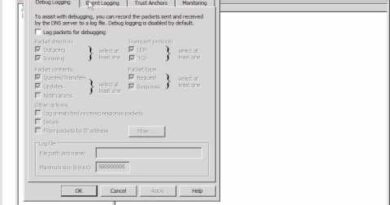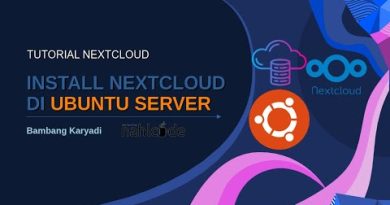CompTIA Network+ N10-005 Routing and Routing Protocols
http://www.pearsonitcertification.com/store/comptia-network-plus-n10-005-livelessons-video-training-9780789749277
This video is excerpted from CompTIA Network+ N10-005 LiveLessons. 4+ Hours of expert-led, step-by-step CompTIA Network+ N10-005 video instruction from Network+ certified instructor Anthony Sequeira. The product contains a series of short instructional videos that demonstrate how to accomplish various network planning, implementation, and verification exercises.
http://www.pearsonitcertification.com/store/comptia-network-plus-n10-005-livelessons-video-training-9780789749277
The product contains 18 individual video lessons consisting of instructor training, animations, and network equipment screencasts. The 18 video labs cover the following topics:
1. The OSI and TCP/IP Models
This video teaches students everything the exam expects them to know about these critically important computer networking models.
2. IPv4 and IPv6 Addressing
This video presents the addresses and formats used in both the IPv4 and IPv6 networking protocols.
3. IPv4 Subnetting
This video teaches students the concepts of TCP/IP subnetting. It also teaches students how to perform these calculations using nothing but pencil and paper. Verification of work is also taught using online subnet calculator tools.
4. Router and Switch Setup
This video demonstrates the physical and programmatic tasks that are required to setup and install a typical network router or switch.
5. Routing and Routing Protocols
This video covers the methods used to route Internet or intranet traffic. It also demonstrated the configuration and operation of the most popular routing protocols used today.
6. Common Networking Protocols
This video provides in depth coverage of the important networking protocols used today, such as HTTP, DNS, FTP, DHCP, SMTP, etc.
7. Network Troubleshooting
This video guides students through the “art” of troubleshooting. Various overall approaches and methodologies are presented.
8. Virtualization
This important video details the exciting and revolutionary world of virtualized computing. It includes detailed discussions on virtual hosts through entire virtual networks.
9. Configuring Wireless
In this video, wireless networking equipment is described and demonstrated.
10. Networking Media
This video describes and demonstrates the use of the many different network media types that can be used today.
11. Networking Topologies
Various networking topologies are demonstrated in this video — including both logical and physical topologies.
12. Network Management Tools and Techniques
This video covers overall techniques that can be used for network management today. Tools like management systems and network analyzers are discussed and demonstrated.
13. SNMP
The Simple Network Management protocol is the subject of this video. It follows the video before it logically. This video includes in depth demonstrations at various network devices.
14. Quality of Service (QoS)
QoS is one of the most important topics in modern networking. This video details this set of technologies for students, and provides extensive demonstrations at the command line.
15. Common Network Attacks and Mitigation
This video describes the most common forms of network attacks and the most appropriate methods of combatting these attacks.
16. Securing Wireless
This video describes the various methods for securing a wireless infrastructure. It includes demonstrations on a variety of wireless devices.
17. Firewalls and Intrusion Prevention Systems
This video details all important aspects of these critical security devices. Demonstrations then show how these network devices prevent attacks.
18. VPNs
Once again, this video describes VPN technologies, and then demonstrates them using a variety of different network devices.
http://www.pearsonitcertification.com/store/comptia-network-plus-n10-005-livelessons-video-training-9780789749277
by Pearson IT Certification
snmp protocol



